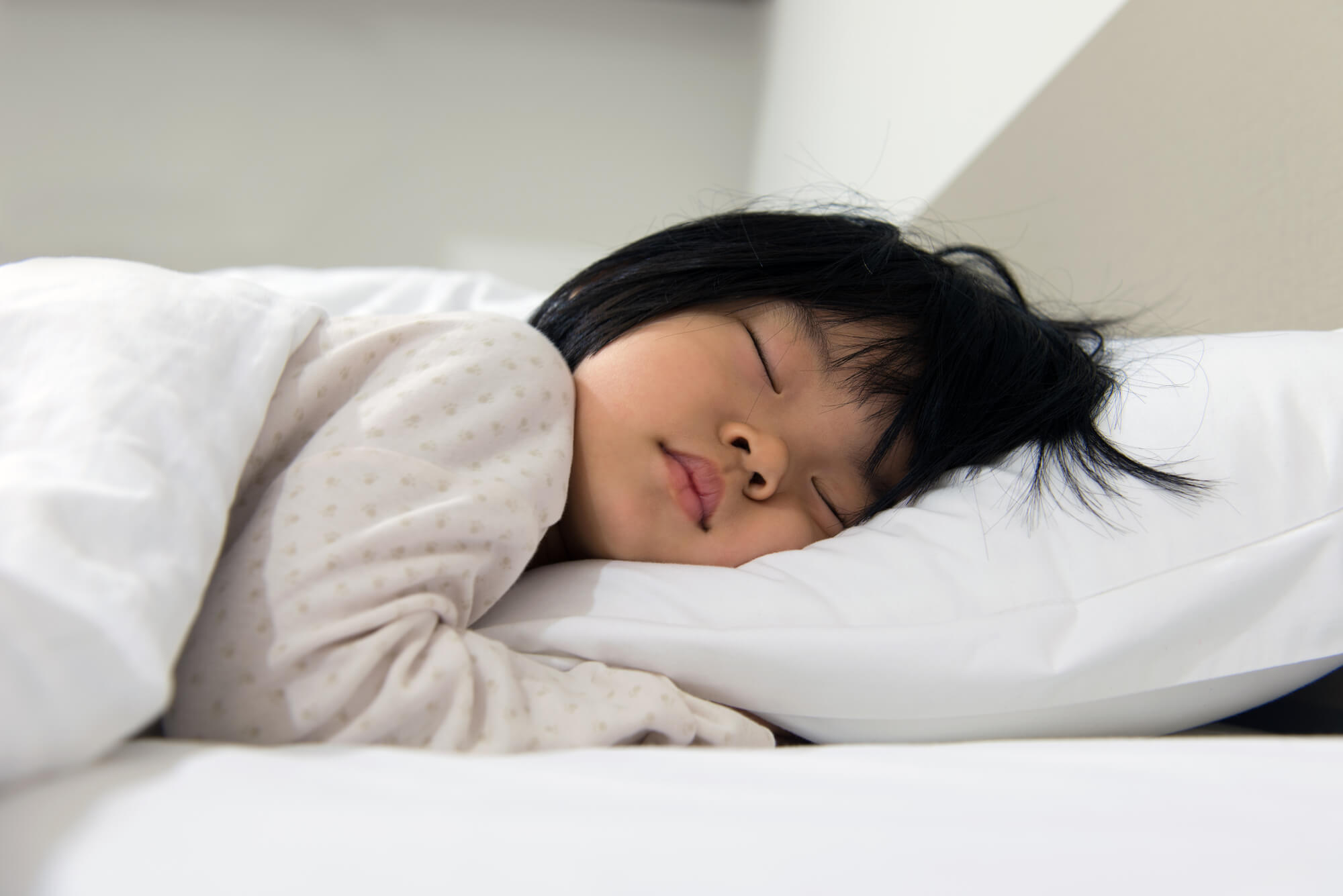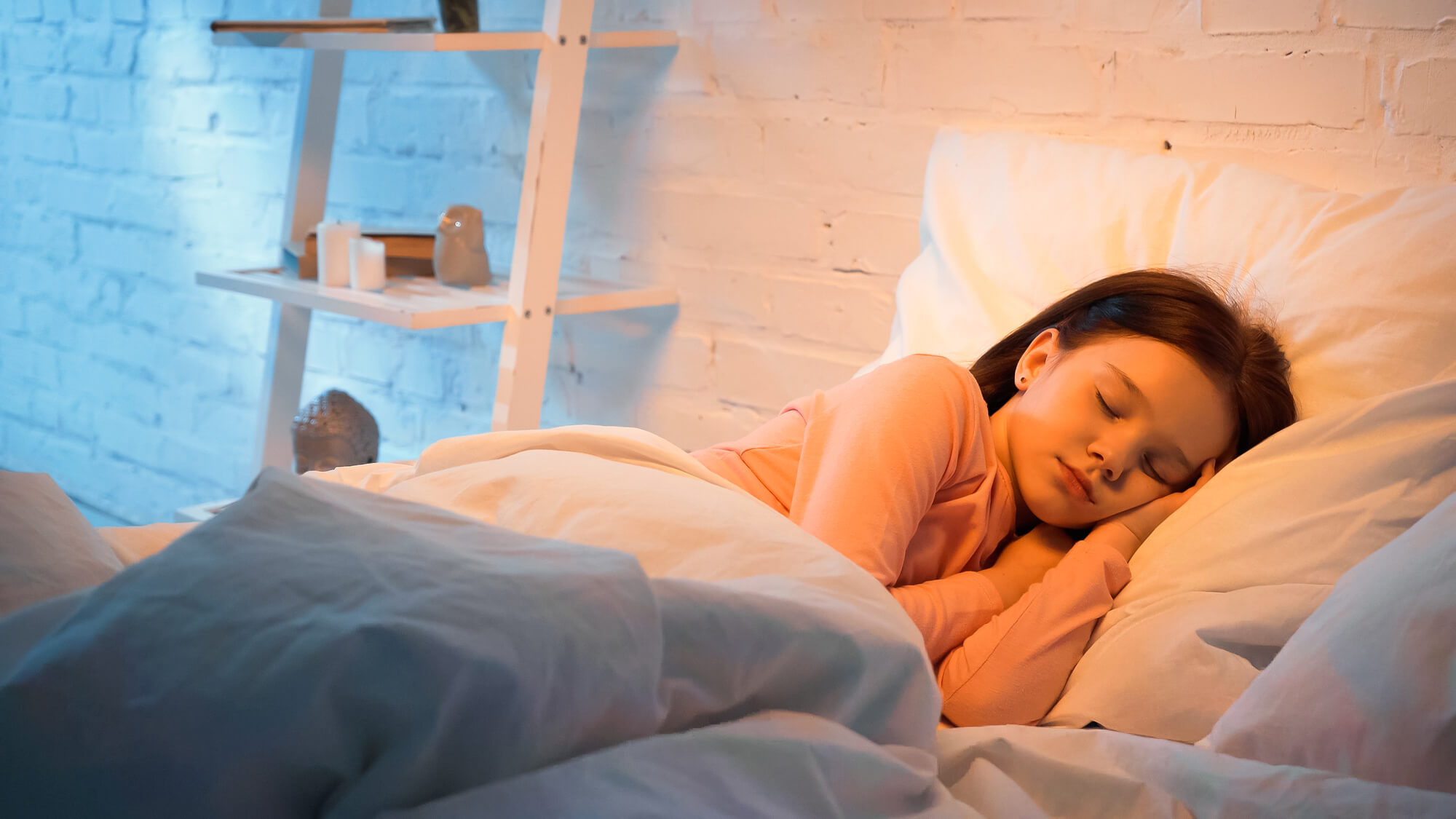- About Us
- Patient Resources
- EXPERTISE
ORTHODONTICS AND DENTOFACIAL ORTHOPEDICS
- TECHNOLOGY
- Blog
- Contact
The world of pediatric sleep can be plagued by problems beyond the unwillingness to go to bed or the occasional nightmares. Parents and caregivers alike worry about disorders affecting children’s sleep, including the occurrence of complex sleep movements.
Parasomnia refers to a group of disorders that involve abnormal behaviors or experiences during sleep, such as sleepwalking and night terrors. On the other hand, sleep-related epilepsy is a condition where seizures cause disruptions in a child’s sleep patterns and overall quality of rest.
The aforementioned complex sleep movements disrupt the child’s sleep and have far-reaching consequences on their daytime functioning, such as irritability, decreased attention span, academic struggles, and even behavioral issues.
Therefore, we will discuss the nature of parasomnia and sleep-related epilepsy, their differences, and their impact on a child’s well-being.

Parasomnia
Parasomnias are episodes of complex behaviors that disrupt the normal course of sleep, and they tend to occur during the non-rapid eye movement (NREM) sleep stages. Among children, the most frequent parasomnias encompass the following:
While parasomnias primarily affect younger children, they can also manifest in adolescents. Moreover, sleep-deprived patients or kids suffering from underlying sleep disorders, such as Obstructive Sleep Apnea (OSA), are more prone to suffering from parasomnia.
Identifying parasomnias is usually straightforward. Professionals recognize the disorder based on descriptions or video recordings of the episodes and the moments of the sleep cycle that they interrupt.
However, certain types of sleep-related epilepsy can, albeit rarely, mimic parasomnias. In such cases, clinical characteristics or a nocturnal electro-en-ce-pha-logram (EEG) can help differentiate between the two conditions.
Sleep-Related Epilepsy
Sleep-related epilepsy, also known as nocturnal seizures, can involve widespread brain activity or only affect a specific area of the brain. Most patients with the condition also experience these symptoms:
Additionally, children may experience one of the three types of sleep-related epilepsy:
Benign Epilepsy
Also referred to as childhood epilepsy with centrotemporal spikes, this disorder is one of the more common epilepsy types in children. Although professionals have yet to find out its cause, it’s considered a focal epilepsy specific to kids between seven and nine years old.
Juvenile Myoclonic Epilepsy
It typically appears in otherwise healthy teenagers, and the seizures tend to occur when the person wakes up, often in the early morning or when they’ve had insufficient sleep.
It’s marked by a combination of symptoms, such as:
Sleep-related Focal Epilepsy
Two rare yet characteristic focal epilepsy types manifest during sleep: temporal lobe epilepsy and sleep-related hypermotor epilepsy.
During temporal lobe epilepsy, seizures originate in the temporal lobes of the brain, often leading to altered consciousness, unusual behaviors, and sometimes vivid hallucinations.
Patients with sleep-related hypermotor epilepsy, formerly known as nocturnal frontal lobe epilepsy, experience repetitive and complex motor movements or behaviors, often with intense agitation and confusion.
Differences and Similarities Between Parasomnia and Sleep-Related Epilepsy
In both parasomnia and sleep-related epilepsy, there can be changes in a person’s behavior, how they respond to their surroundings, and automatic movements.
If a parent or caretaker attempts to wake a child experiencing a parasomnia episode, it can result in a prolonged period of confusion that resembles the postictal state after a seizure.
Nonetheless, since parasomnias occur during non-rapid eye movement (NREM) sleep, children experience them in the first one-third of the night. Moreover, these episodes often involve altered behavior and complex motor activities.
Nocturnal seizures, on the other hand, can transpire during any stage of sleep, but are most frequently observed during the transition into NREM sleep or upon arousal from sleep.
Diagnosis of Complex Sleep Movements
Children exhibiting characteristics of sleep-related epilepsy should be directed to a specialist in pediatric neurology or pediatric sleep medicine if such expertise is accessible.
To establish a precise diagnosis and distinguish between seizures and non-epileptic events, children must undergo an assessment involving polysomnography with an extended electro-en-ce-pha-lography (EEG) setup.

For comprehensive insights into the intricate world of complex sleep movements, parasomnia, and sleep-related epilepsy, we recommend consulting with experts at Sunrise Orthodontics and Airway & Sleep Group.
Feel free to reach out now to schedule a consultation or learn more about these topics.
Admit it. You think all orthodontic offices are the same. Most are. We aren’t. We believe your experience should be something special.
Contact Us Today